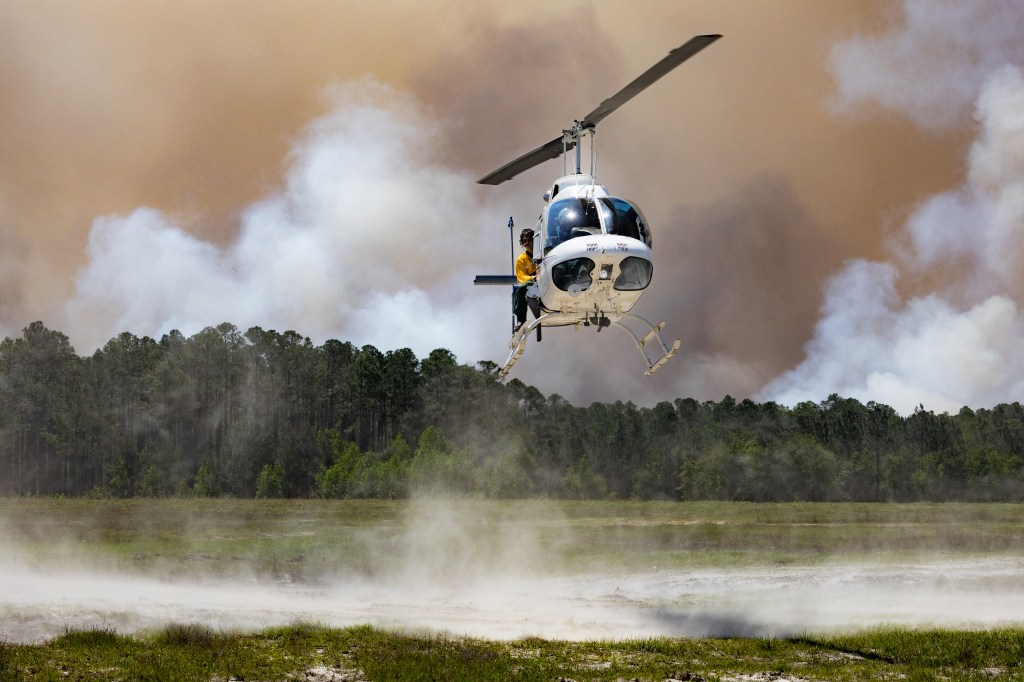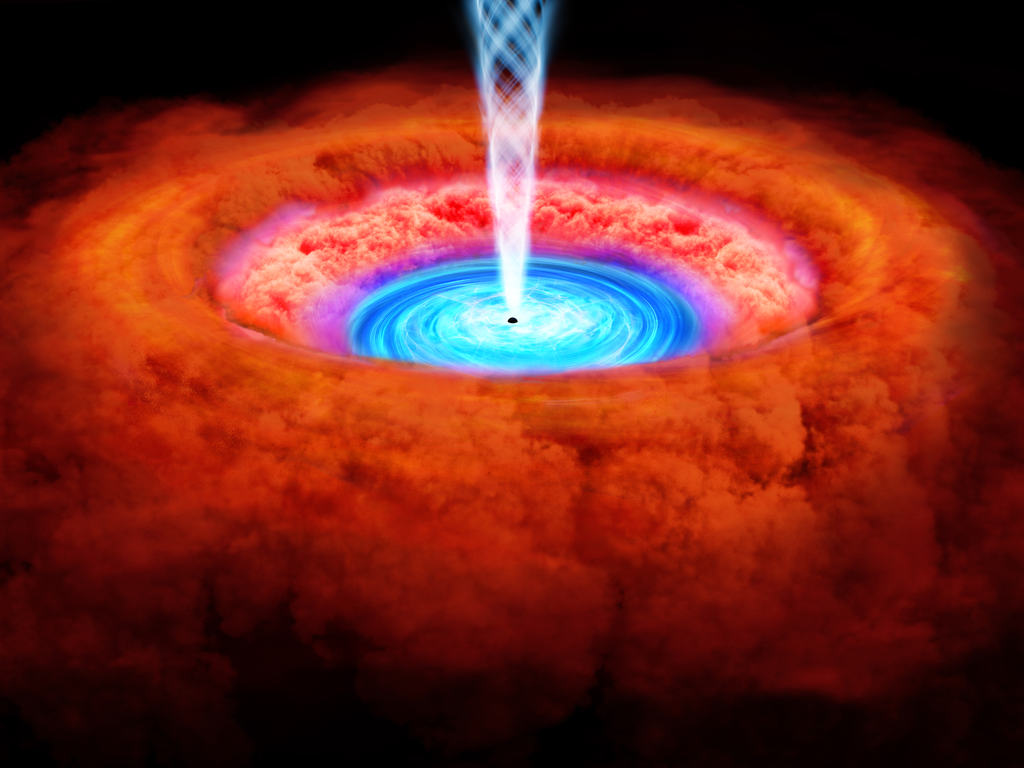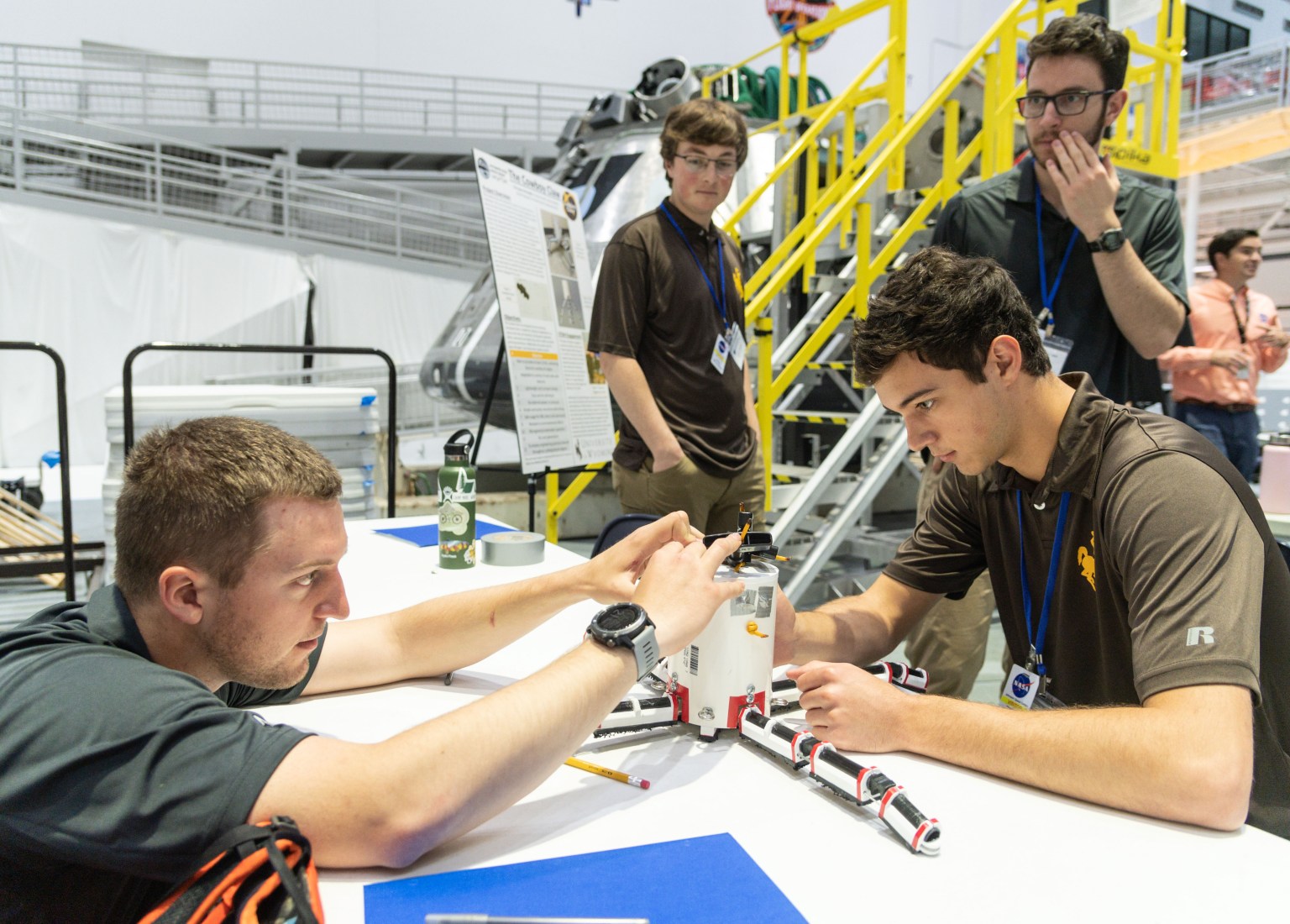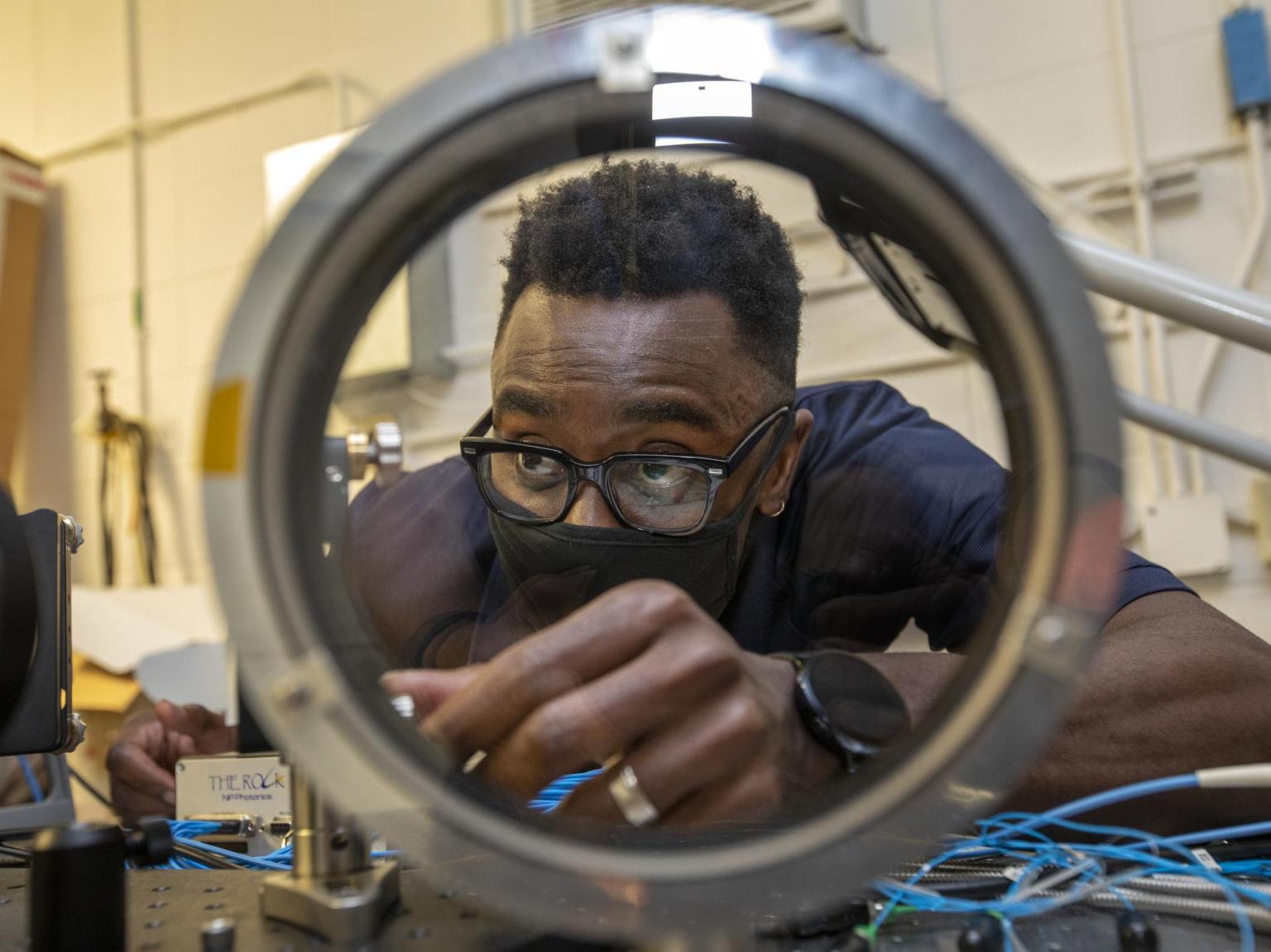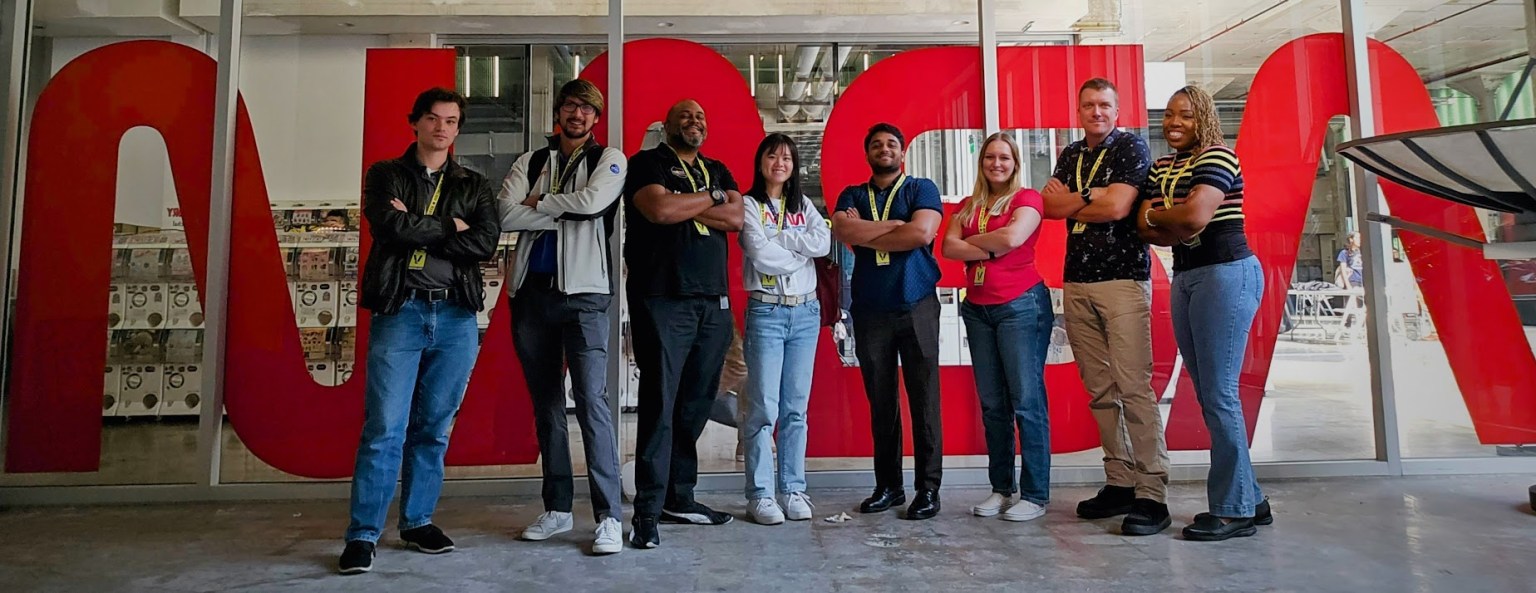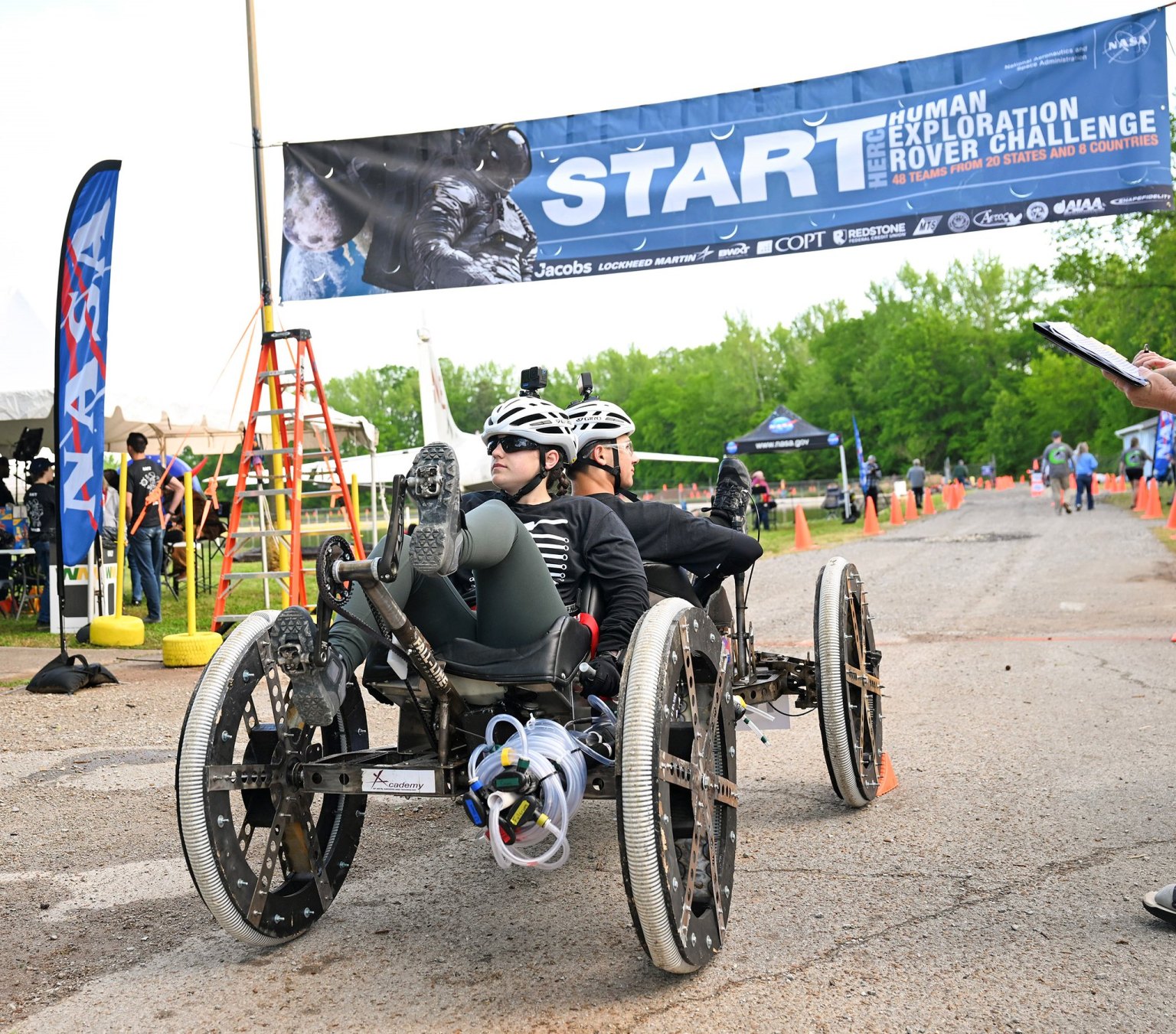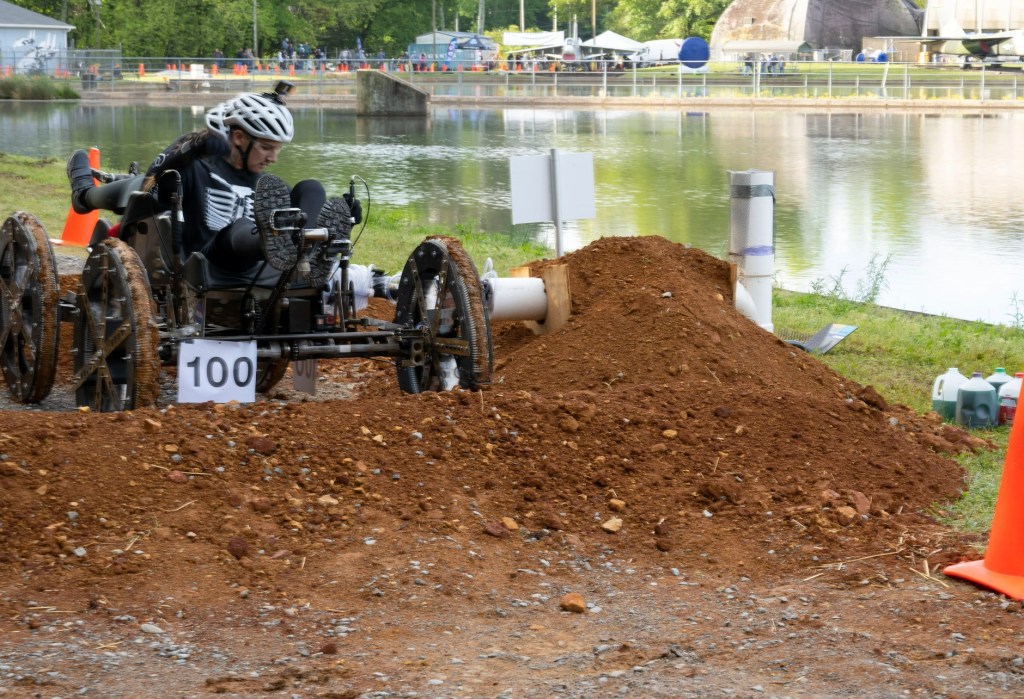
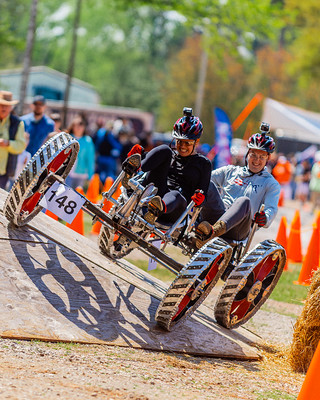

Human Exploration Rover Challenge
HERC is a nine-month long challenge that tasks student teams to design and build human-powered or remote-controlled rovers capable of traversing challenging lunar terrain while completing mission tasks. It is a hands-on, research-based, engineering activity and culminates each year with a final excursion event in Huntsville, Alabama, home of NASA’s Marshall Space Flight Center. The activity offers multiple challenges, reaching a broad audience of colleges and universities as well as middle and high school aged students across the world.
Event Dates
April 9-11, 2026
Event location
U.S. Space & Rocket Center, Huntsville, AL
Eligibility
Open to U.S. and International Students
grade levels
6-12, College and University
About the Challenge
NASA’s Human Exploration Rover Challenge is a NASA-conducted engineering design challenge providing resources and experiences for students and faculty. The activity is built around NASA’s mission, providing participants with the opportunity to engage with agency subject matter experts and professionals across aerospace industry.
After a competitive proposal selection process, teams participate in a series of design reviews with a NASA panel that mirror the agency’s engineering design lifecycle, providing experiences that prepare students for the science, technology, engineering and mathematics (STEM) workforce. Teams must complete a Design Review, Operational Readiness Review, Mission Readiness Review, and Excursion Readiness Review before final excursion. Team must pass each milestone to move onto the next.
NASA’s Human Exploration Rover Challenge is open for proposals from:
- Any U.S. college, university, middle school, or high school.
- Any U.S. informal education institution serving middle school or high school aged students.
- Any international college, university, middle school, or high school.
Handbook
The 2026 HERC handbook includes the guidelines and regulations, requirements, deliverables, a detailed timeline, and more.

2026 Deliverable and Event Timeline
Dates are subject to change. All deliverables are due by 8AM CT on appointed date.

Frequently Asked Questions
Find answers to common questions.
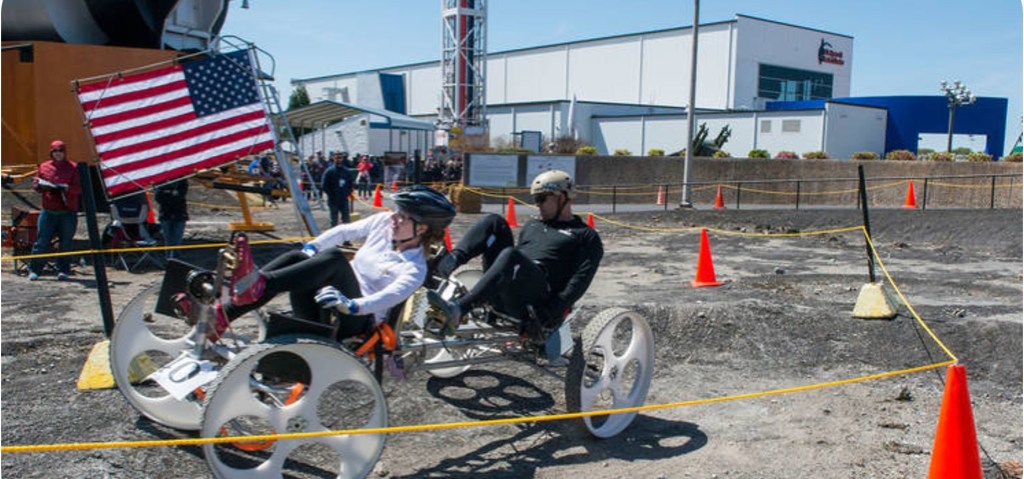
Teams
Participating teams represent colleges, universities, middle and high schools from around the world.
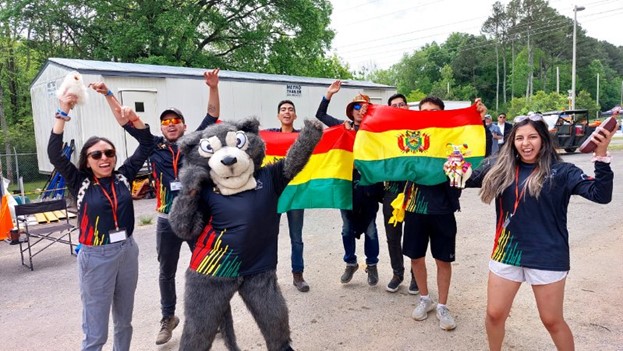
NOTE: This archived content may contain outdated information or references that may not reflect current policy or programs.
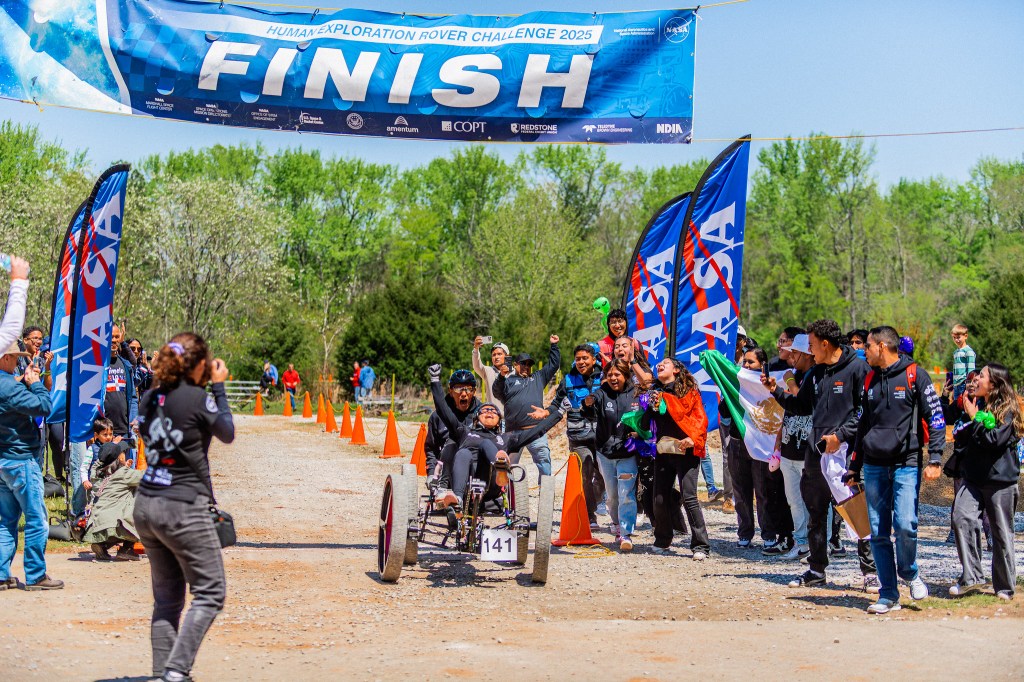
Join Artemis!
Authentic, hands-on learning experiences give students in middle school all the way through graduate school a chance to flex their design and engineering skills as they build and launch high-powered rockets, design robots capable of mining the Moon’s surface or traversing difficult lunar terrain, create human-powered rovers, and test technologies and tools to assist future astronauts working on the Moon.
Learn More about Join Artemis!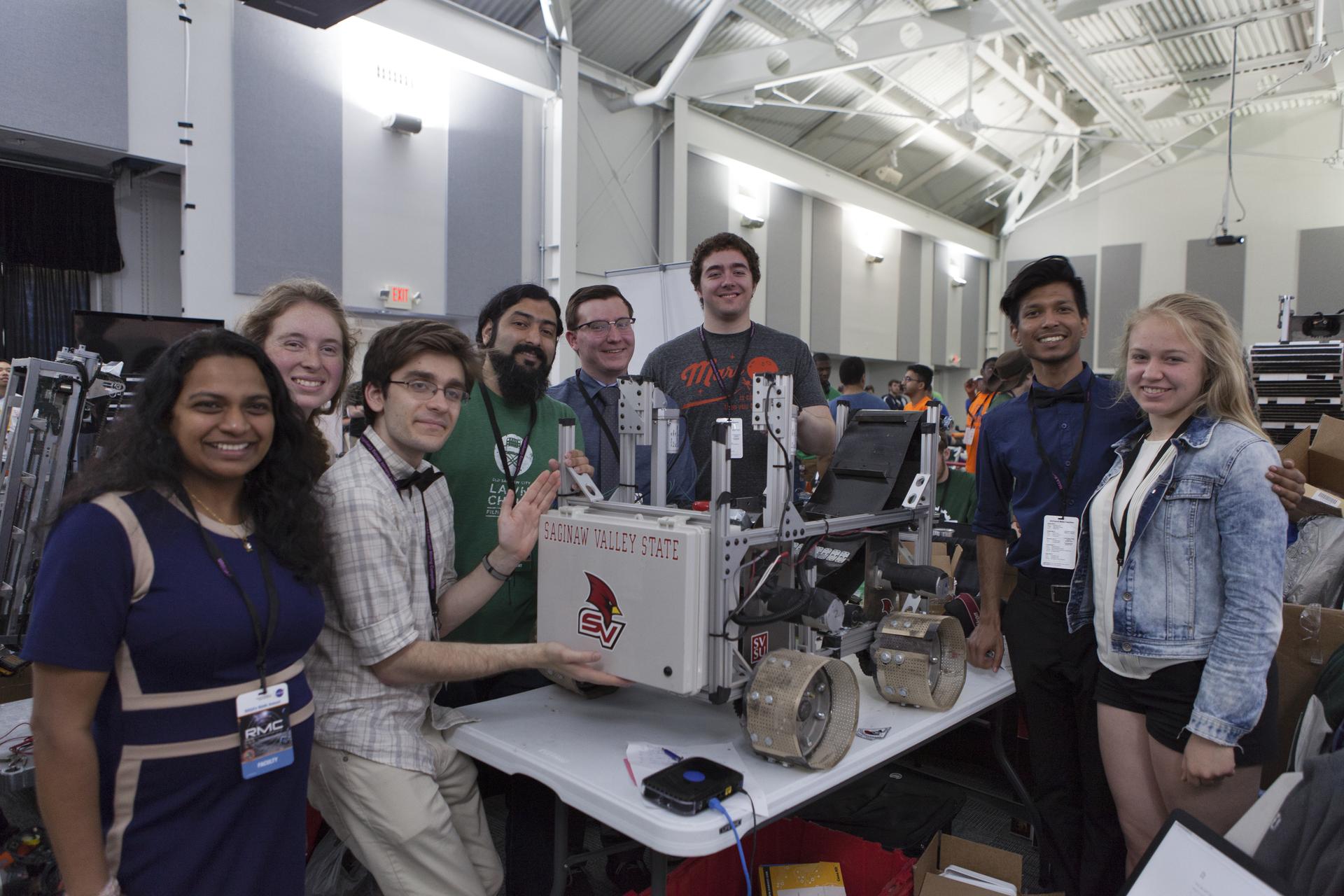
Contact Us
Please direct questions and inquiries regarding registration, competition operations or logistics to the challenge organizers listed below.
HERC Management Team
NASA Office of STEM Engagement
Marshall Space Flight Center
Huntsville, AL
HERC@mail.nasa.gov
Members of the news media interested in attending or interviewing participants before or during the event should contact the organizers listed below.
Taylor Goodwin
NASA Office of Communications
Marshall Space Flight Center
Huntsville, AL
256-544-0034
taylor.goodwin@nasa.gov









